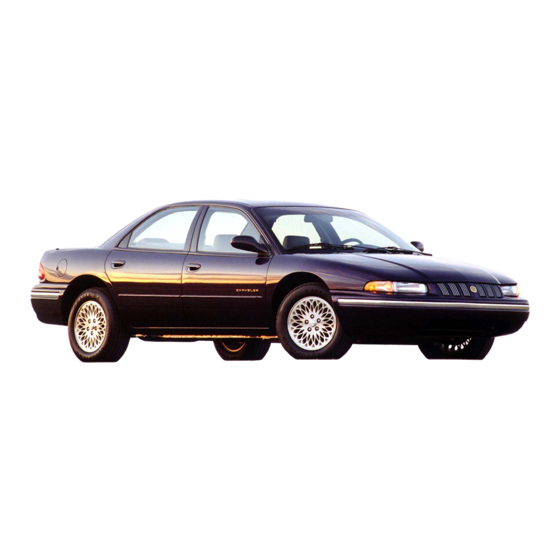
Table of Contents
Advertisement
CHRYSLER
CORPORATION
1993
SERVICE MANUAL
CONCORDE
INTREPID
VISION
To order the special service tools used and
illustrated, please refer to the instructions on
inside back cover.
NO PART OF THIS PUBLICATION MAY BE
REPRODUCED, STORED IN A RETRIEVAL
SYSTEM, OR TRANSMITTED, IN ANY FORM
OR BY ANY MEANS, ELECTRONIC, ME-
CHANICAL, PHOTOCOPYING, RECORDING,
OR OTHERWISE, WITHOUT THE PRIOR
WRITTEN
PERMISSION
OF
CHRYSLER
CORPORATION.
Chrysler Corporation reserves the right to make changes in design or to
make additions to or improvements in its products without imposing any ob-
ligations upon itself to install them on its products previously manufactured.
Litho in U.S.A. Copyright © 1992 Chrysler Corporation 15M0692
NEXT PAGE
Advertisement
Chapters
Table of Contents
















Need help?
Do you have a question about the Concorde 1993 and is the answer not in the manual?
Questions and answers